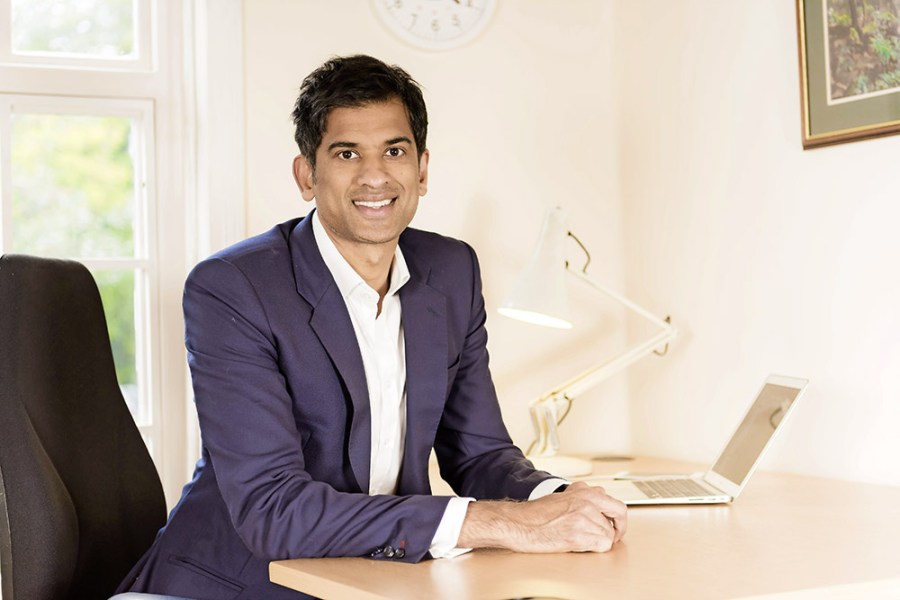Top Santé columnist GP Dr Rangan Chatterjee reveals that it is possible to prevent and in some cases reverse type 2 diabetes with simple tweaks.
It’s incredible to think that type 2 diabetes affects almost four million people in the UK. Recent estimates suggest that up to one in three UK adults may also have “pre-diabetes”, the condition that often precedes full-blown diabetes.
However, contrary to popular belief there is a lot you can do to not only prevent this condition but potentially reverse it as well.
On the first series of BBC One’s Doctor in the House I spent a month with a family in their home helping them improve their health. I diagnosed type 2 diabetes in Dottie, a 36-year-old who didn’t know she was living with the condition, which is the case with many people around the UK.
After 30 days of very intense but manageable lifestyle interventions, Dottie had effectively “reversed” her diabetes as her blood sugar levels were no longer in the diabetic range.
Getting to the root cause
People often refer to type 2 diabetes as a blood sugar problem but this is not quite accurate. While there is an issue with blood sugar, type 2 diabetes is caused by insulin resistance. This is when your body requires more and more insulin to do a job that should only require a little.
The best way to explain it is to compare with alcohol. When you first start drinking, a small glass of wine makes you feel tipsy. But if you continue to drink more and more on a regular basis, your body starts needing more alcohol to cause the same effects.
This is similar to insulin resistance – eating too many sugary foods, as well as other lifestyle habits, over many years can result in your body needing to produce more and more insulin to cope.
So, for someone with type 2 diabetes they have to firstly stop eating foods that raise blood sugar but then also address what caused the problem in the first place. Diet of course plays a huge role but there are other factors that people don’t always consider.
Lack of sleep is one factor – this can drive insulin resistance. Loss of muscle mass is another, which naturally happens as we get older. We start to lose muscle mass every year above the age of 30. The more lean muscle you have, the more insulin receptors you have too, making it especially important to maintain fitness.
Chronic stress can be a cause too. This is because your body thinks you are under attack and drives up levels of inflammation in your body, which results in insulin resistance. But there are things you can do to make a positive change…
Rangan’s diabetes prevention prescription
Try my five strategies to help keep youself free from this condition, and possibly even reverse it too.
1. Reduce all refined and processed carbohydrates e.g. pastas, breads and ready made meals.
2. Do at least five minutes of strength-based exercises every day to maintain muscle mass – see my 5-minute kitchen workout on my website for an example (www.drchatterjee.com).
3. Make sleep a priority. Aim for eight hours a night and stick to the same sleep and wake times for optimum health.
4. Try to switch off for 10 minutes per day by doing some mediation or mindful yoga.
5. Increase your intake of healthy, natural fats from foods such as olives, avocados and nuts as these help to stabilise your blood sugar.
* Find out more at www.drchatterjee.com and visit http://www.bbc.co.uk/programmes/b08rcjdb
Next up: Dr Chatterjee reveals incredible new findings on preventing dementia
* Email your question to Dr Chatterjee to topsante.talkback@kelsey.co.uk.







